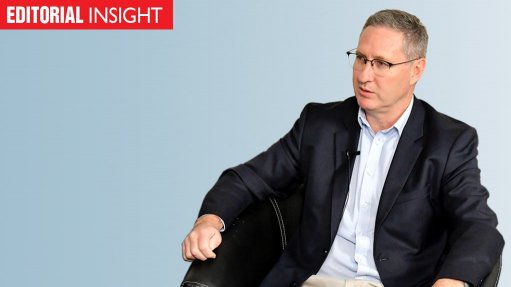
While it’s been obvious for years, Eskom’s recent results once again showed that, absent a debt solution, the utility has no real pathway to financial sustainability.
Yes, there are signs of progress on both costs and corruption, which together with restructuring, a stabilisation of operations and tackling municipal arrear debt, is vital to turning around the group’s dismal financial outlook.
Worryingly, the performance of the coal fleet continued to deteriorate, with the energy availability factor falling to 64.19% last year from 66.64%.
Likewise, the municipal debt millstone not only remains, but has become larger, rising to over R35-billion, while Soweto’s debt fell somewhat to R7.5-billion, from R12.8-billion.
On the restructuring, costs and corruption fronts, however, there was better news.
Decisive first steps towards vertical separation have been taken.
Net employee benefit expenses declined by 1% to R32.8-billion, notwithstanding a 7% wage settlement with unions, while the group’s headcount fell by 2 023 people to 42 749 and there are indications that the group’s overall headcount will continue to fall towards its 38 600 target.
Primary energy costs rose by only 3% to R115.9-billion, representing the first single-digit increase in many years, despite Eskom having increased its use of the diesel-fuelled open-cycle gas generation plants to reduce, but far from eliminate, load-shedding.
The number of load-shedding days rose to 47, from 46 in the previous year, despite a 6.7% fall in sales, largely as a result of Covid lockdowns, which lopped 13.6 TWh from its sales volumes that fell in turn to 191.9 TWh.
There are also indications that Eskom is getting its hands around the irregular expenditure problem, which has caused serious reputational damage and has made citizens justifiably resistant to Eskom’s calls for a cost-reflective tariff and for a debt solution. Although a drop in the ocean, the fact that it again clawed back some ill-gotten payments, this time from ABB, is important.
That said, the debt albatross is such that Eskom cannot ever hope to save or trade itself out of the doldrums.
Despite having reduced debt by R81.9-billion to R401.8-billion, Eskom remained a going concern only because of a R56-billion government injection and further taxpayer injections of R31.7-billion this year, R21.9-billion in 2023 and R21-billion in 2024 will be required to sustain that status in future.
The dire nature of the predicament can be seen in the fact that Eskom’s operating surplus of R31-billion fell short of debt interest payments of R37-billion, let alone the R66-billion in capital that had to be repaid during the year.
Expectations that a solution could indeed be found were raised late last year when the social partners signed a compact on the issue.
Almost a year on, and there is still no plan.
Without visible progress, and soon, this legacy problem could hamper the so-called just energy transition transaction – one that will involve more debt, but on highly favourable terms that could help lay the basis for a sustainable Eskom and electricity supply industry.